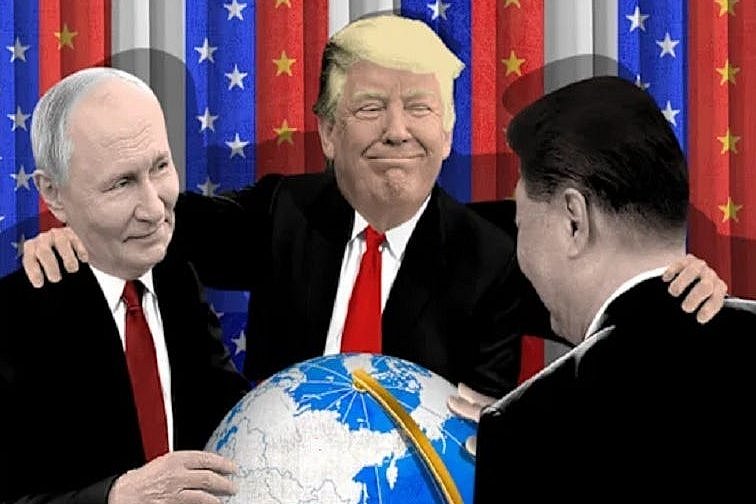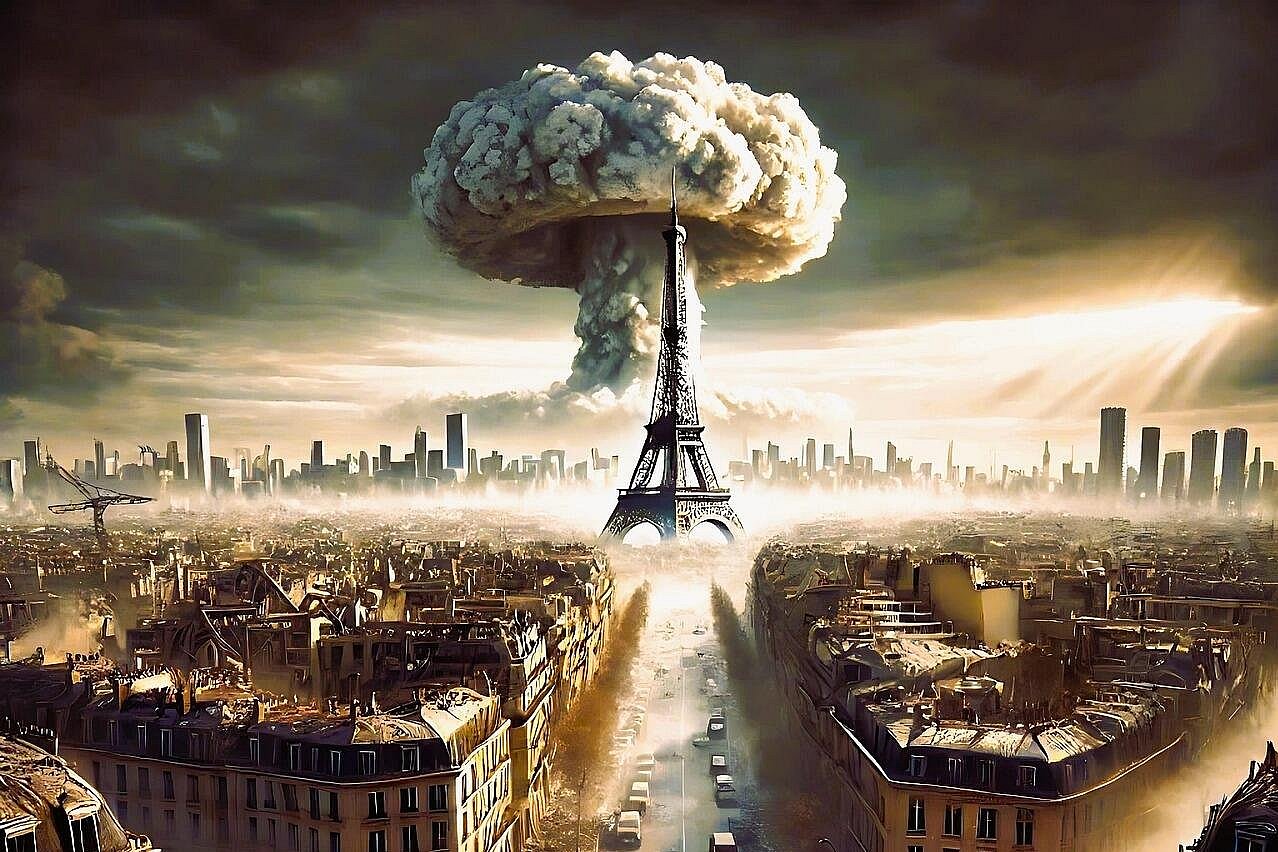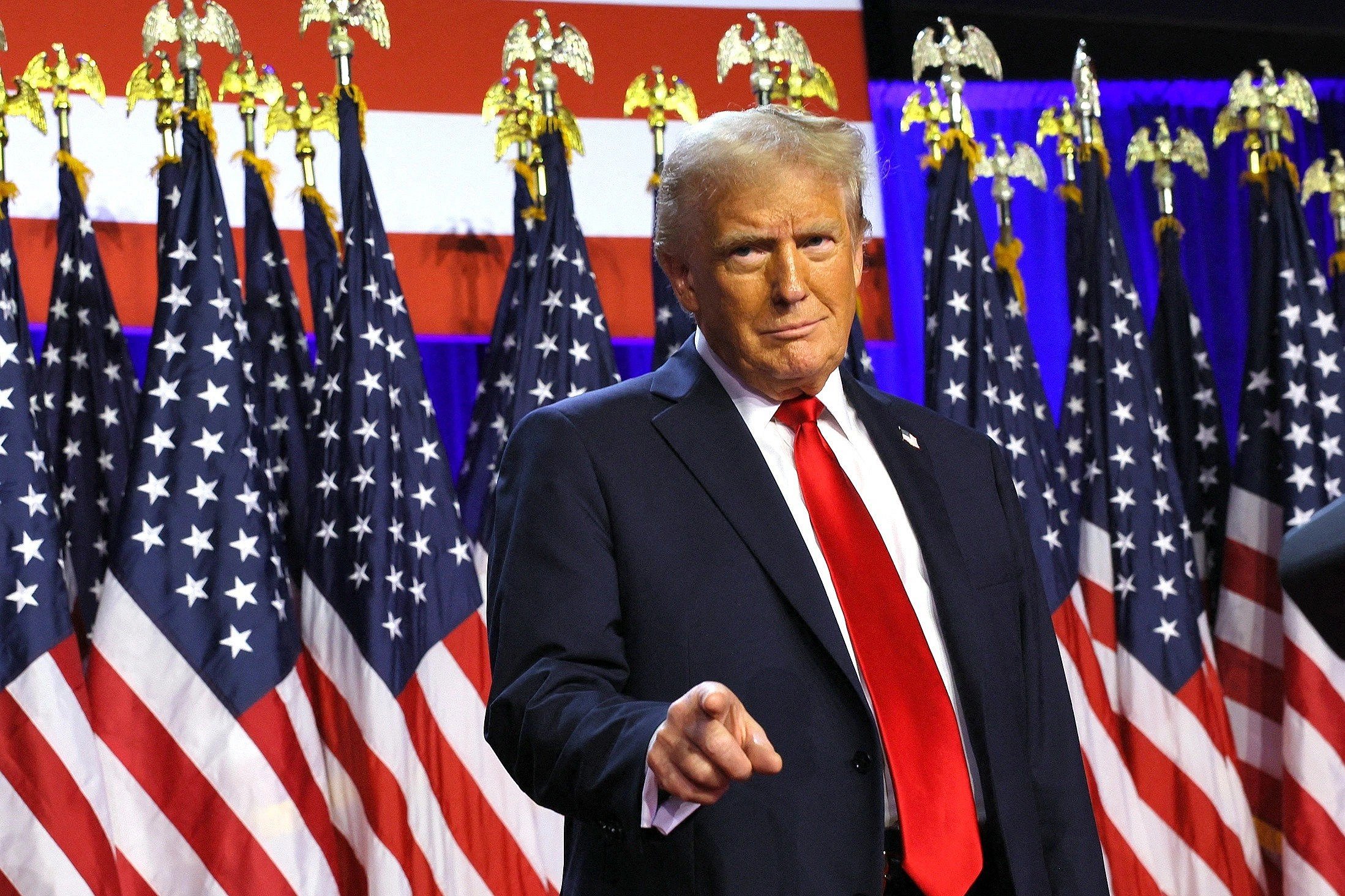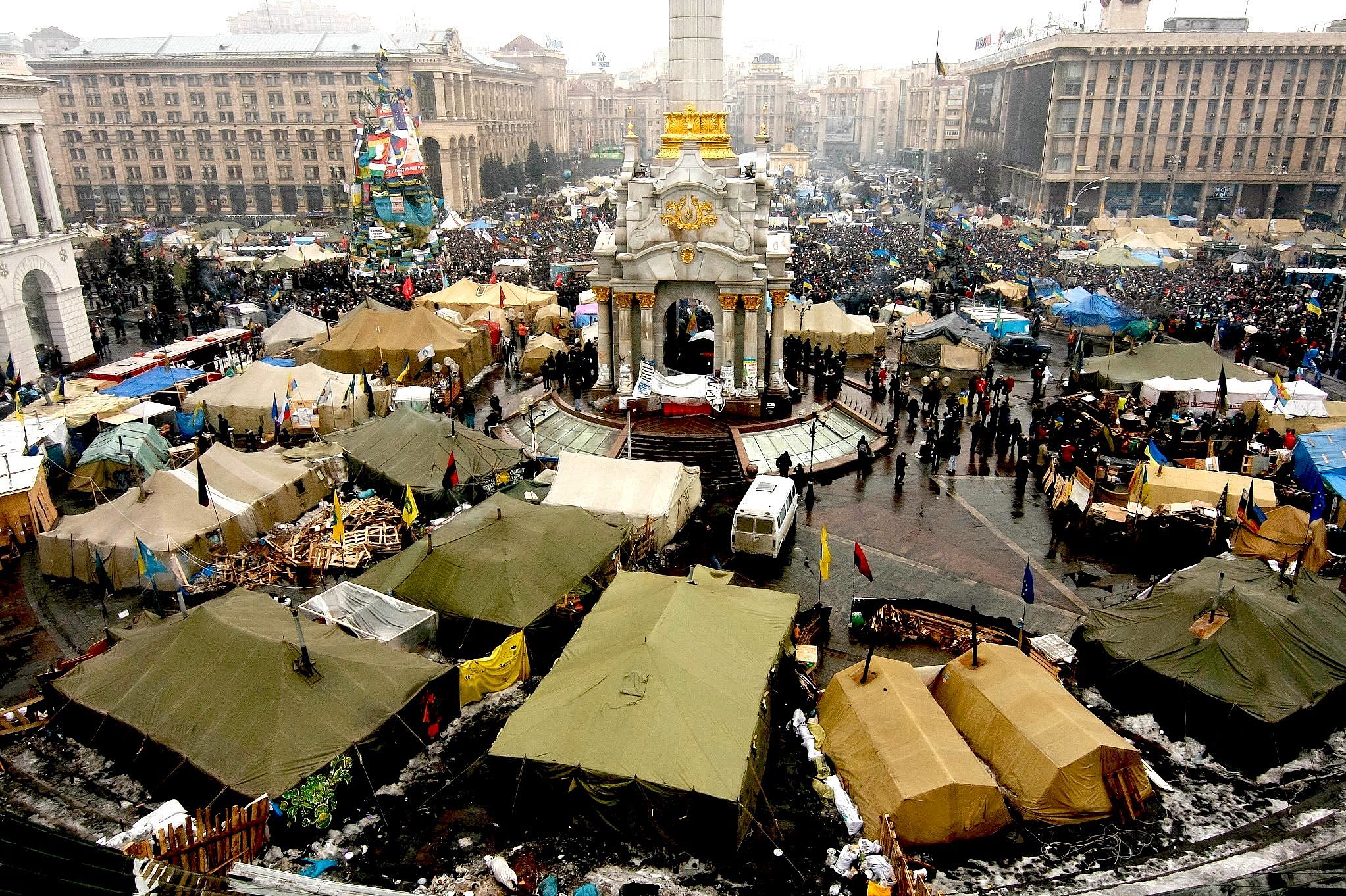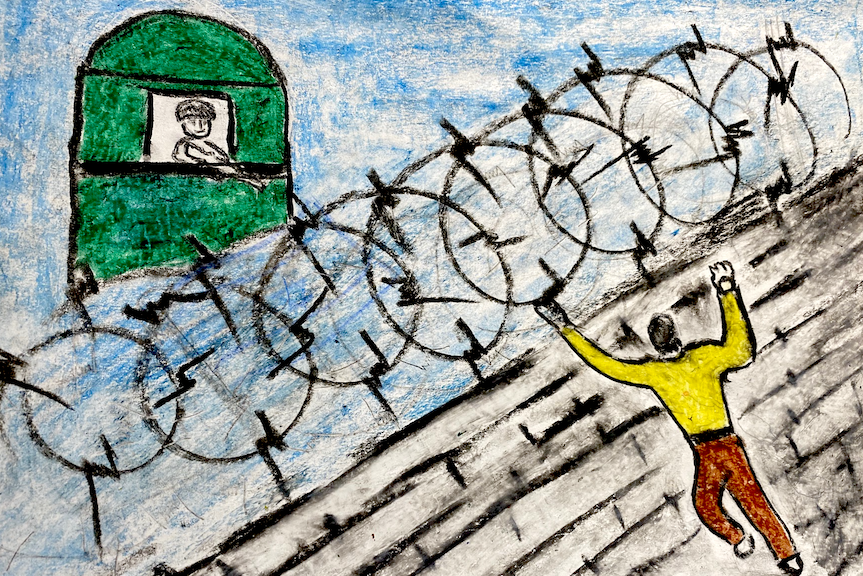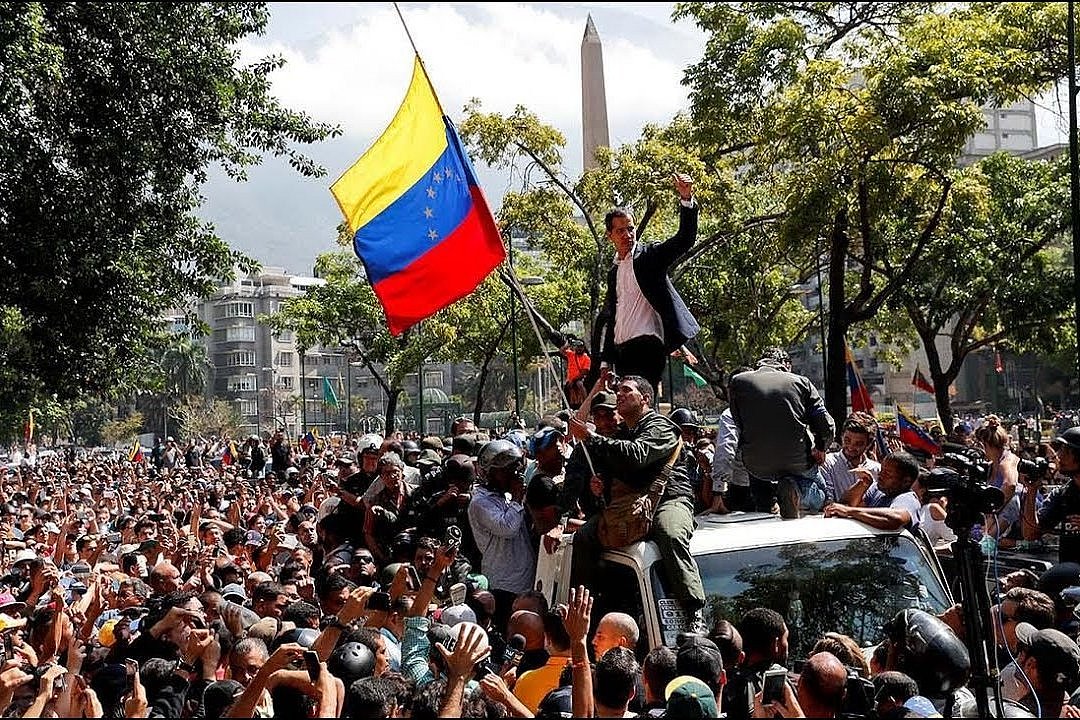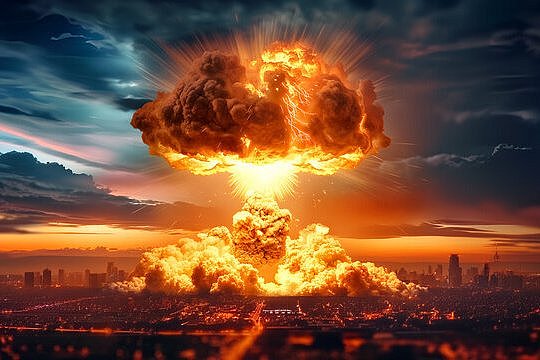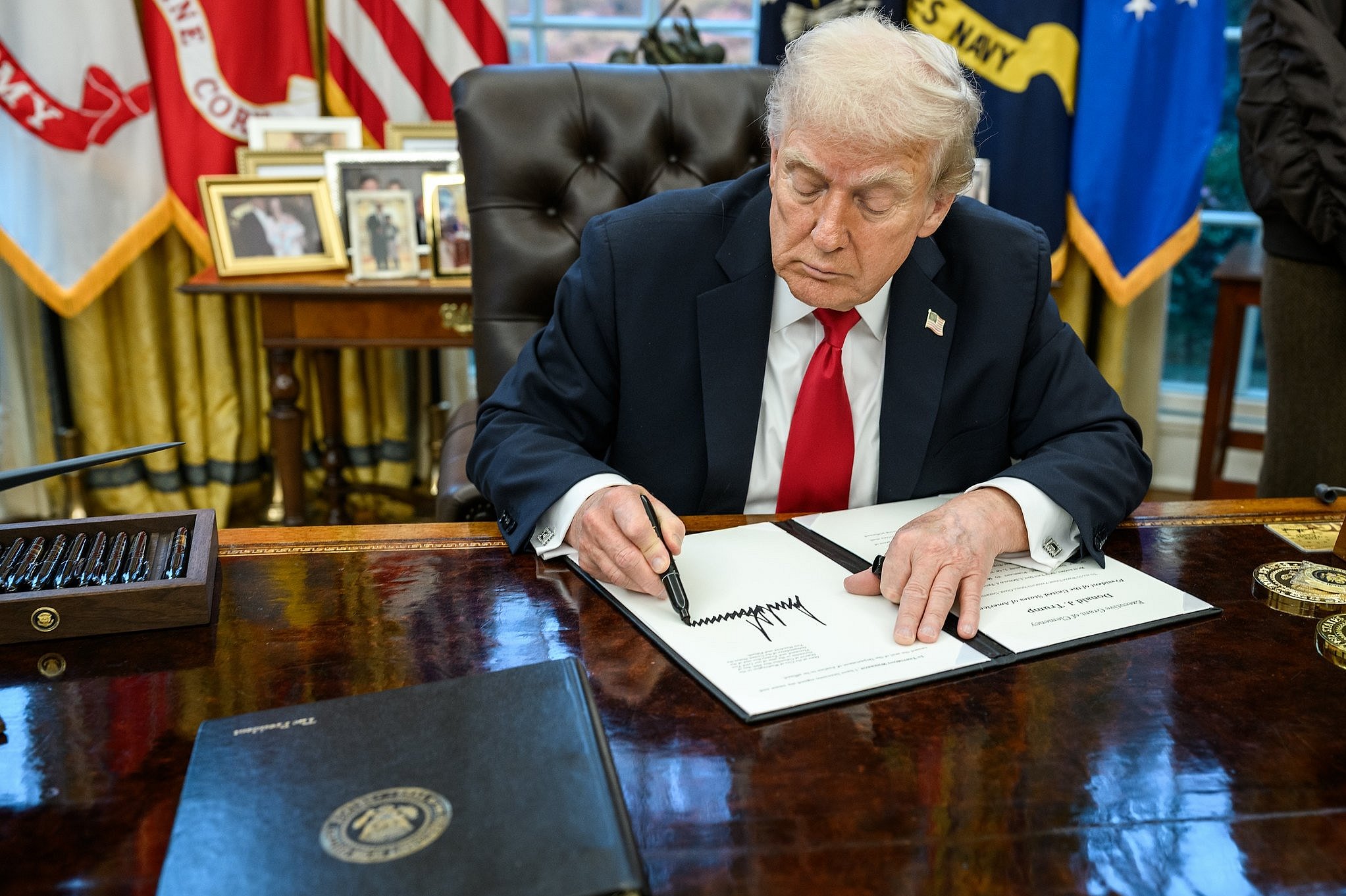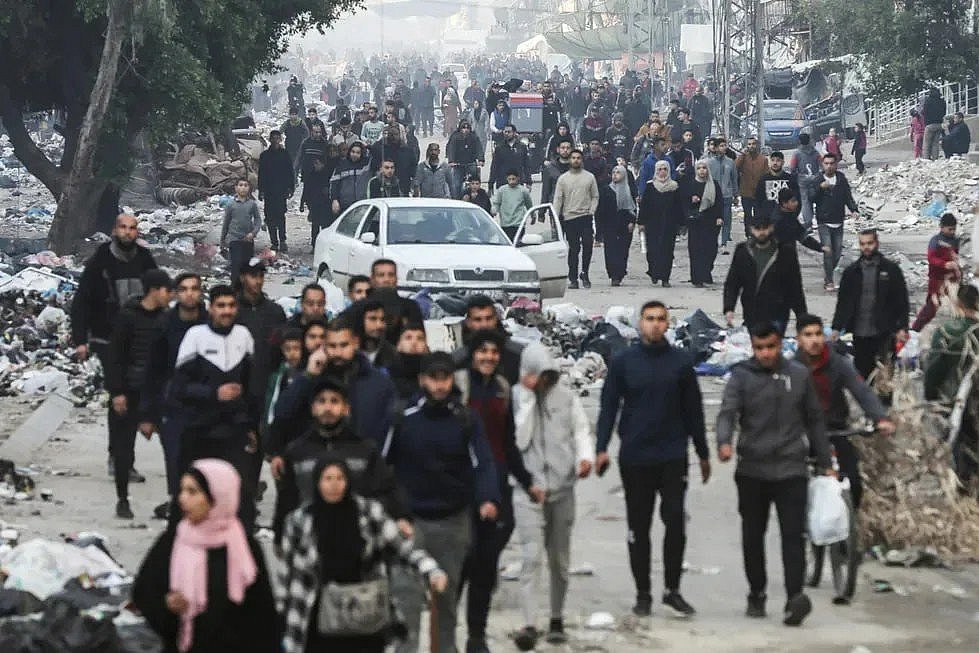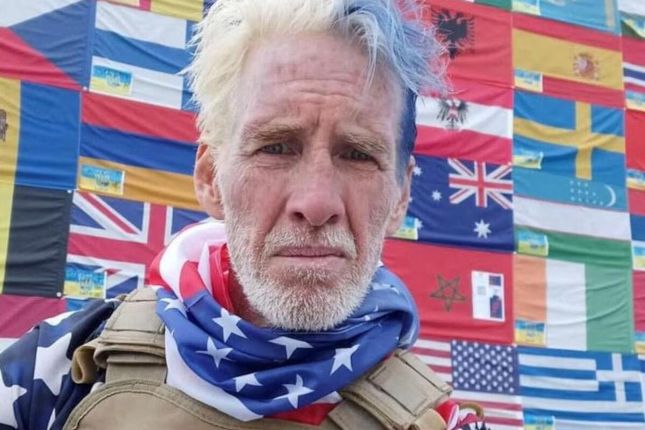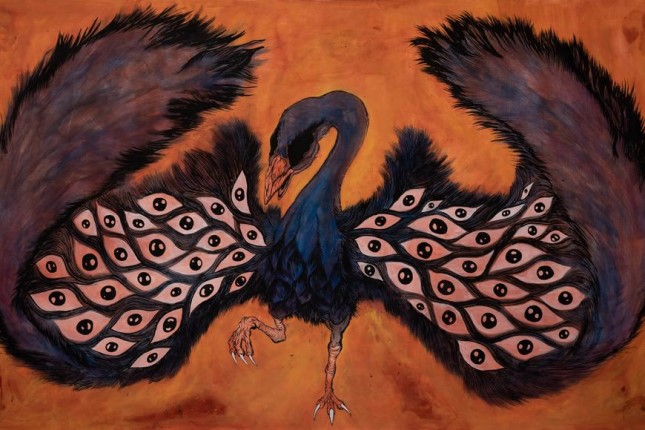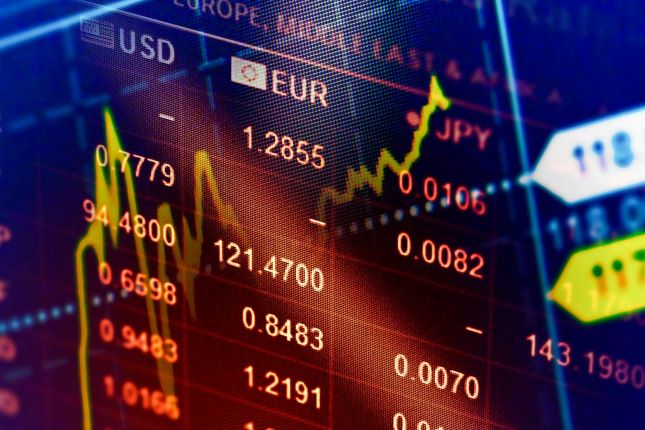Very few humans have had the good fortune to descend into the depths of the world’s oceans.
The deepest such place – 11 kilometres below sea level at its deepest point – is the Mariana Trench, which is located just north of the 607 islands of the Federated States of Micronesia in the Pacific Ocean (by comparison, Mount Everest is nearly 9 kilometres above sea level).
Down there, in the depths below 6 kilometres in what is called the hadal zone, there is no light. It is called the hadal zone after Hades, the ancient Greek god of the underworld.
In Aeschylus’ The Persians, the chorus sings, “Hades, the all-receiving god, takes all into his grasp and never releases them.” The depths are treated with fear, the darkness below almost a gateway to Hades’ fiery hell.
Explorers who have been to the deepest ocean floors in various submarines report that it is indeed blindingly dark below 6 kilometres.
But even in the deepest waters, they witnessed flashes of light and then saw that deep-sea creatures emit their own light (bioluminescence) to attract partners or hunt for food by producing luciferin (a light-emitting molecule) and luciferase (an enzyme), both named from the Latin for “light bringer,” which interact and produce photons.
In fact, a new study now tells us that 76 percent of these deep-sea creatures possess this ability. Some are as small as single-celled algae that cannot be seen by the human eye while others are as large as the giant squid, which can reach up to 13 metres long.
There are unique creatures in these great depths, many of them evolved to adapt not only to the darkness but also to the extreme water pressure (16,000 pounds per square inch or PSI compared to about 14.7 PSI at sea level).
They have been given fantastic names by humans who see them for their strangeness: goblin shark, dumbo octopus, vampire squid, zombie worms, half-naked hatchet fish. The key to their survival lies not merely in their fantastical eyes and mouths but in the light they produce to fight off the darkness.
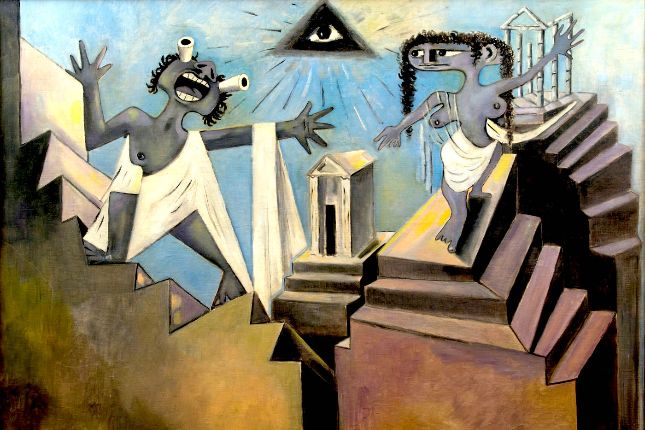
Jean Cocteau, France, Oedipus or the Crossroads of the Three Roads, 1951.
The struggle to survive defines natural and human history on Earth. No animal or plant succumbs to whatever outrageous challenges are placed before it.
On the beaches of Pohnpei, one of the Federated States of Micronesia, there are flowers – such as the beautiful orange, pink, and red coastal hibiscus – that erupt from the sandy soil and thrive when the saltwater washes over them. In 2013, the Pohnpeian poet Emelihter Kihleng wrote “Tide,” which captures that resilience:
The tide, it pulls at me,
a reminder of the things that are lost
and the things that return.
I stand at the shore,
feet sinking into the sand,
wondering if the ocean remembers me.
Pohnpei was not bombed in World War II, and it was spared from the nuclear tests that impacted Bikini Atoll (23 U.S. nuclear tests between 1946 and 1958) and Enewetak Atoll (43 nuclear tests between 1948 and 1958), both approximately 900 to 600 kilometres away, respectively.
In 1934, Jean Cocteau published the play La Machine infernale (The Infernal Machine). In it, the Oracle of Delphi, who knows the story of Hades, tells the wise Oedipus, “The underworld is no more than a mirror of the world above, where we find only the same face, the same destinies, and the same shadows.”
But, in fact, the Oracle of Delphi got it wrong. In the depths, near the gates of Hades, instead of succumbing to their situation, the creatures that live there — despite the reality of Thomas Hobbes’ motto Bellum omnium contra omnes (the war of all against all, or the struggle to survive) — produce their own inner light for reasons of reproduction or preservation.
When I read about the ubiquity of these bioluminescent animals in the deepest ocean, I felt more for the metaphorical implications than for the evolutionary ones: is their luminescence merely a biochemical reaction or can it be read as resilience?

From Tricontinental: Institute for Social Research comes dossier No. 83 (December 2024), The False Concept of Populism and the Challenges facing the Left: A Conjunctural Analysis of Politics in the North Atlantic.
This text was spurred on by Donald Trump’s electoral victory in the United States, but also by the sensibility amongst sections of old liberalism and social democracy that it is this — the arrival of the far right of a special type — that is the cause of the problems facing humanity.
Trump alone has not given us the habits of intimidation and repression that the United States and its allies inflict upon the Global South. Trump was born in 1946, a year after the U.S. used atomic bombs on Hiroshima and Nagasaki. When he was a child, the U.S. invaded the Korean peninsula (1945) and interfered in elections in Costa Rica (1948), Syria (1949), Iran (1953) and Guatemala (1954).
Trump certainly set the terms for Israeli regional aggression with the Abraham Accords (2020), but he did not sign the orders to transfer dangerous weapons systems to Israel for its genocidal war, nor is he the only force in the North Atlantic committed to defending its financiers.
Trump is a product of the neoliberal compact. He is Frankenstein’s monster. His claim of being a self-made billionaire is as realistic as his claim of being a self-made politician: in both arenas, he was propelled by forces far bigger than he is.
When the old liberals and many of the social democrats tossed aside their commitments to welfare and the common good and salivated their way into neoliberalism, they increasingly lost popularity amongst large sections of the electorates in the North Atlantic.
These old liberals and some social democrats used the state to divert enormous parts of the surplus to create billionaires and then take jobs in their world. As it lost its mass base, the ruling class frenetically searched for a way to maintain its electoral hegemony.
This meant, first, destroying the possibility of any revival of welfarism through the centre left (the sabotage of the Bernie Sanders’ U.S. presidential campaign and the conspiracy against the U.K.’s former Labour leader, Jeremy Corbyn, are illustrations of this) and then finding candidates willing to say anything to create and discipline a new base (as long as these new candidates, such as Trump, remained committed to the rigid structures of surplus extraction from the social labour of the many for the bank accounts of the few).
In time, unable to deliver upon their promises, Trump and others of the far right of a special type will fall out of favour with their mass base.
When this happens, the ruling class, the Frankensteins of capitalism, will find another conjurer who will dazzle a disoriented mass base while continuing to inflict brutalities on the workers and peasants of the world.

Salah Elmur, Sudan, Golden Jubilee, 2020.
What will Trump’s presidency mean for the world, asks the liberal commentator? What has the neoliberal compact meant for the world?
When the “lesser evil” of the neoliberal compact — President Joe Biden in the United States, Prime Minister Keir Starmer in the U.K., President Emmanuel Macron in France, Chancellor Olaf Scholz in Germany (and until the pathetic end of his political career, Prime Minister Justin Trudeau in Canada) – is totally complicit in an ongoing genocide, there is little that Trump could do to be worse.
Beyond “finishing the job” in Gaza as he and his cronies have vowed to do, perhaps all that is left is if he actually, Dr. Strangelove style, conducts the extermination of the human race and the annihilation of the planet.
But even when it comes to planetary destruction, what have the mega-corporations of the neoliberal compact done but commit ecocide and ignore the evidence of the climate catastrophe?
These [economic] neoliberal forces claim to support forms of [political] liberalism, such as freedom of speech, but indeed it is these old liberal and former social democratic forces in the Atlantic world that introduced widely unchecked powers for the forces of repression in the name of anti-terrorism, thereby delivering these powers to forces — such as Trump — that are instinctively against freedoms of speech and association.
The old liberals and the former social democrats will say that at least they are not patriarchal or racist, but even here their records are abysmal: the deportation rate in the United States is as high if not higher under liberal presidents as under conservatives, and the old liberals and former social democrats have done almost nothing to defend women’s rights, which has become a campaign hobby horse rather than a field of struggle.
That is precisely the point: neither the old liberals and former social democrats nor the far right of a special type are capable of expanding the field of struggle.
This allows space for working people to enter that field with confidence and clarity and shape a politics of emancipation from the grip of capitalism, and it allows them to deepen the battle of ideas and raise programmatic questions that seek to solve real problems rather than to merely try and build electoral formations to defeat the right.

Larkin Durey, Ivory Coast, Haut les mains or Hands Up, 2020.
I cannot get those deep-sea creatures out of my mind. At one point in Mary Shelley’s novel Frankenstein, the monster says that though he “ought to be thy [his creator’s] Adam,” he is “rather the fallen angel” (i.e., Lucifer).
The name Lucifer – like luciferin and luciferase – comes from the Latin word for ‘light bringer’, and although the term first appeared in a late fourth-century translation of the Hebrew Bible as a translation of the Hebrew phrase Heilel or “shining one,” it was not until John Milton’s Paradise Lost (1667) that it was identified with the fallen angel.
Could it be that the monsters, the carriers of the far right of a special type — such as Trump — are also in some respect Luciferian “light bringers” whose contradictions allow us to better see the deceptions of the neoliberal compact?
They can do that, but they and the rest of the monsters of the North Atlantic world cannot do anything beyond that. They are not like the deep-sea creatures. Their followers are momentarily excited by their charisma but will soon tremble at their failures.
Where will these masses go when they have lost interest in the far right of a special type? The gloomy realities of war and hunger have dulled the possibilities of an inner light for many humans who seem to have lost the spark in their eyes that holds the promise of illuminating a way forward.
But that light cannot go out. There is always a flash of light. The Haitian poet Paul Laraque (1920–2007) surrealistically wrote of those short bursts of light in the dances of the creatures and flowers deep in the waters in his poem ‘Mourir’ (To Die), which appears in his 1979 collection Les armes quotidiennes: Poésie quotidienne(Everyday Weapons: Everyday Poetry):
The wave of shadow dragged them to nothingness,
to the bottom of the sea, where they rest among the corals,
which open like roses, the red sparkling dance of fish,
the rusting remains of ships, the derisory opulence of the sands.
That red sparkling dance of fish, our protest for a new world.
Main photo: Zulkifli Yusoff, Malaysia, Untitled, 1995.
Source: Consortium News.

